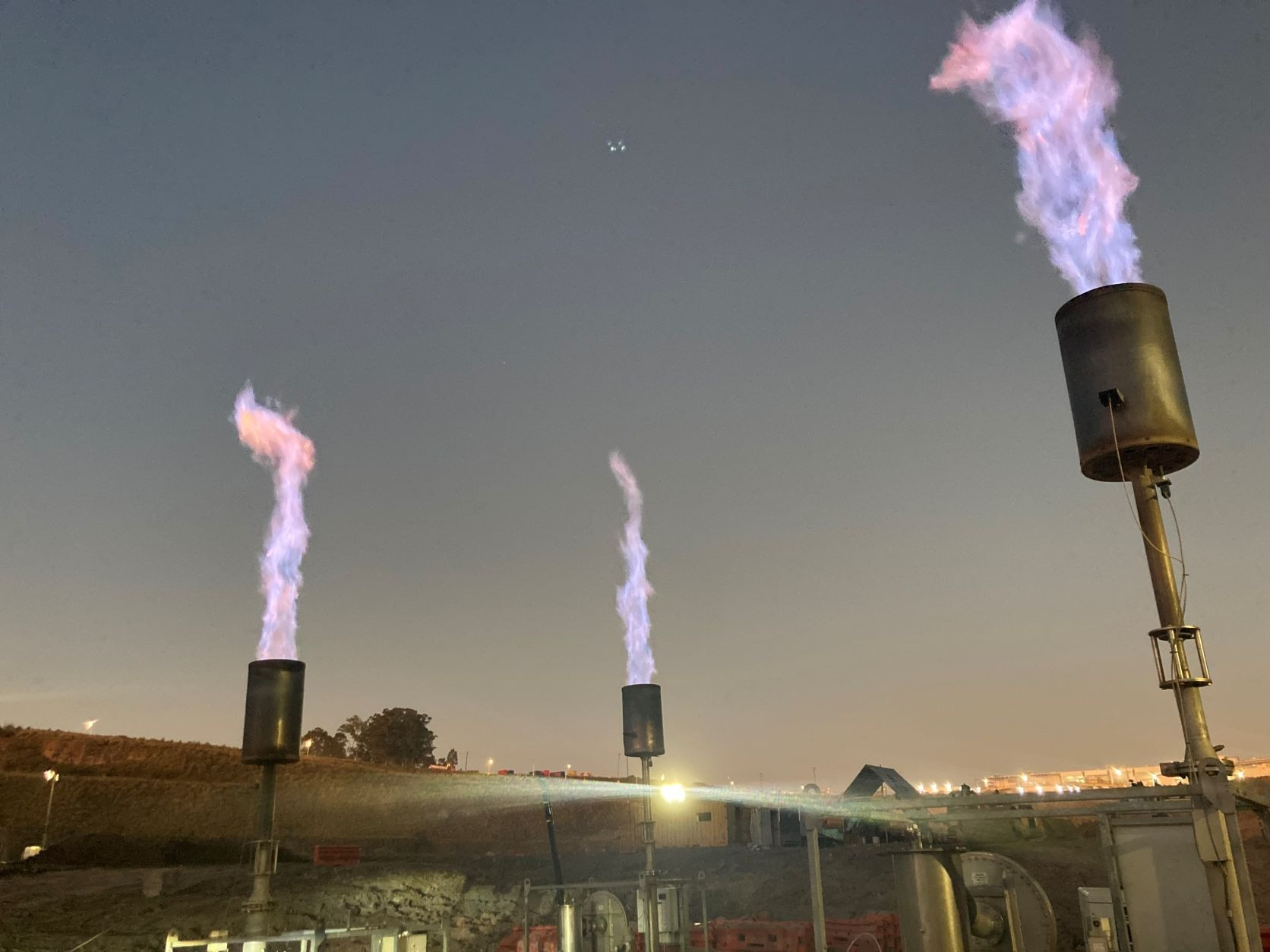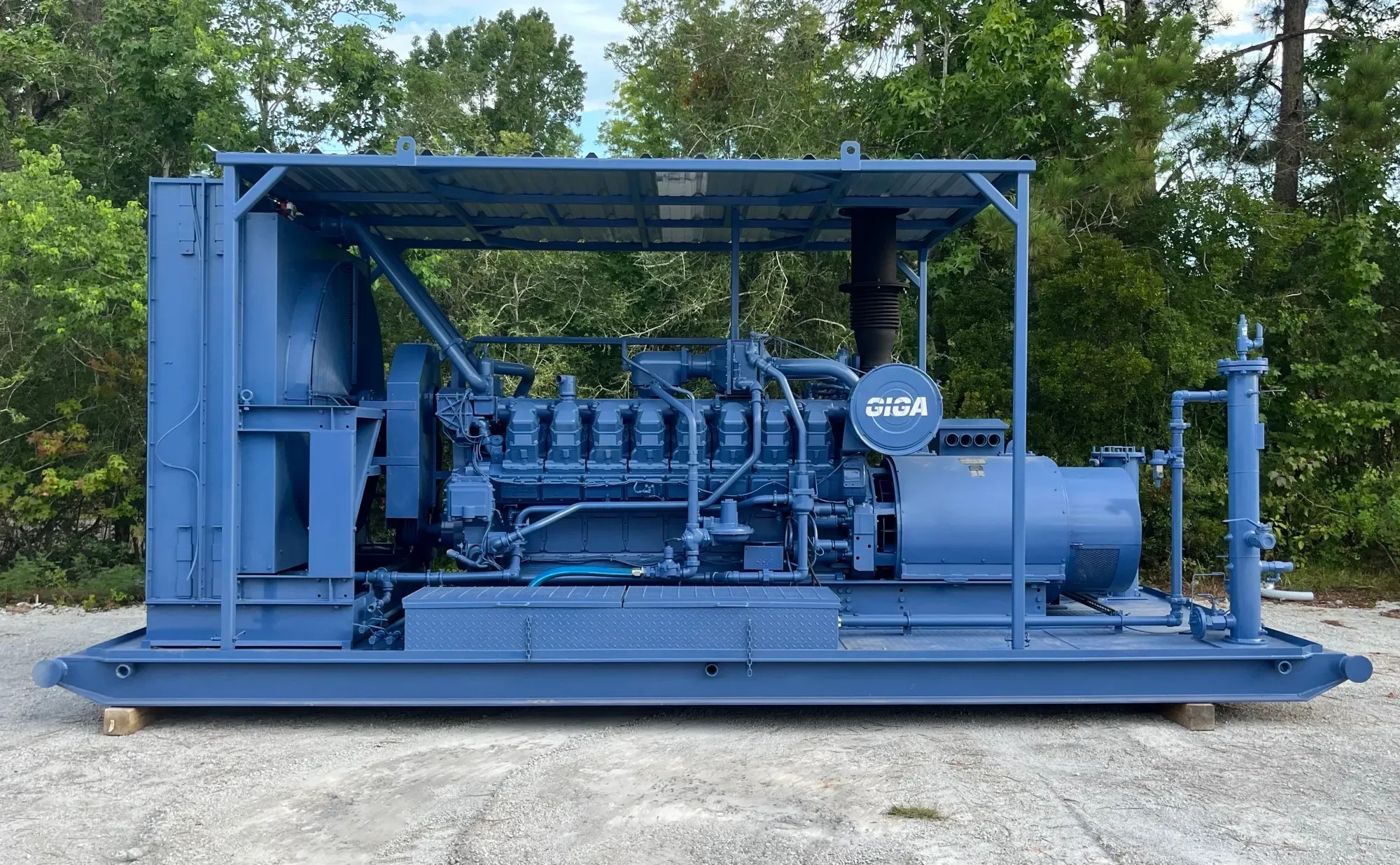Sustainable Mining in the Digital Age
Cryptocurrency Energy Consumption Challenges
Cryptocurrency faces a significant challenge related to energy consumption. According to estimates, Bitcoin alone consumes 127 terawatt-hours (TWh) per year, surpassing the energy usage of many countries, including Norway. In the United States, cryptocurrency activity results in an annual emission of 25 to 50 million tons of CO2, equivalent to the yearly emissions from diesel fuel used in the US railways. Consequently, decarbonizing the crypto industry remains imperative to achieve a sustainable climate in the future.
Bitcoin Regulation and Energy Consumption
As legislators increasingly consider the environmental and network stability implications of Bitcoin mining, reducing the energy consumption of this cryptocurrency becomes obligatory. Bitcoin is the only major currency that employs Proof-of-Work mining. The high energy consumption associated with Proof-of-Work mining is an inherent consequence of its algorithm's fundamental nature.

Ethereum and the New Consensus Mechanism
Ethereum has merged to a much less energy-intensive consensus mechanism called Proof-of-Stake, reducing the energy consumption of its network by over 99.9%. A single transaction on the Ethereum Proof-of-Stake network now resembles the electricity usage of a Mastercard transaction. Consequently, when discussing the impact of "crypto" emissions, we are primarily referring to the emissions impact of Bitcoin.

Autonomous Natural Gas Extraction and Mining
The world of Bitcoin mining is continuously evolving, and one development that has caught the attention of Bitcoin miners is autonomous natural gas extraction. Autonomous extraction utilizes energy sources detached from the central power grid to burn excess gas on-site, rather than releasing it into the atmosphere for safety reasons.
Oil and Gas Industry and Gas Potential
Traditionally, both stranded and flared gas were considered waste in the oil and gas industry. However, this perception is changing. The growing recognition of these resources potential as a cost-effective energy source for Bitcoin mining is gradually shifting the industry players attitudes toward these forms of gas.
National Geographic

Transportation and Gas Utilization Challenges
Often, alongside oil reserves, gas deposits are discovered. When these deposits lie in remote areas, the logistical and financial challenges of bringing the gas to market escalate significantly. The US Energy Information Administration estimated that in 2020, the average construction cost of a new pipeline was $7.65 million per mile. Even with existing pipelines, roughly 10% of the gas remains unutilized due to inefficiencies, leading to either its release into the atmosphere or being flared off.
Smart Strategies
On the flip side, there's a technology that can convert natural and methane gas into electricity using generators. These generators produce electricity by using the leftover gases. Despite its potential, this technology is often underused by oil and gas producers due to the high initial costs and ongoing maintenance expenses. Additionally, there isn't a profitable market to sell the generated electricity in remote mining areas.

But recently, cryptocurrency miners have collaborated with producers, showcasing how their interests can align. Miners provide a profitable use for excess gas while reducing environmentally-harmful flaring. With miners as guaranteed customers, producers can justify deploying efficient generators near stranded gas deposits. This transforms wasted resources into economic and environmental gains.
Conclusion
Cryptocurrency mining continues to transform through the efforts of numerous enthusiasts. These experts tirelessly seek ways to optimize the process, aiming to enhance profitability and shorten equipment payback periods. With each passing year, the mining community becomes more active in exploring avenues to reduce the industry's ecological footprint. Thanks to their innovative solutions, mining is gradually approaching an ecologically clean and environmentally friendly ideal. This indicates that in the future, the crypto industry will not only be financially attractive but also environmentally responsible.
